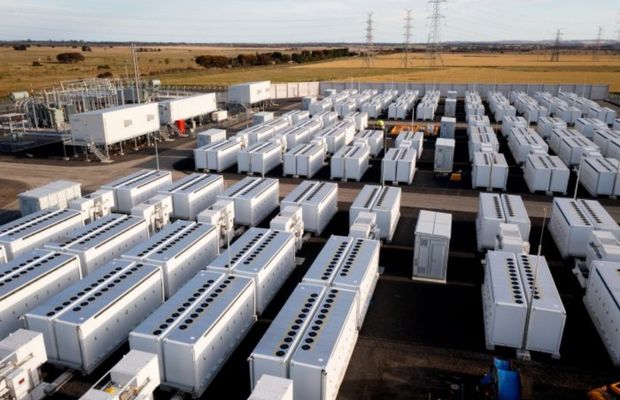Battery energy storage systems are becoming an indispensable solution in bridging the gap between the supply and demand of renewable energy. As the world increasingly shifts towards renewable sources like wind and solar power to mitigate climate change, the challenge of their intermittency becomes more pronounced. Battery energy storage systems addresses this challenge by ensuring that the energy produced can be stored and then used precisely when it’s needed, making renewable energy more reliable and grid systems more stable. Here’s how Battery energy storage systems is bridging this gap:

1. Storing Excess Renewable Energy
Renewable energy sources often produce electricity at times when demand is low, such as sunny afternoons for solar or windy nights for wind farms. Battery energy storage systems allows for the storage of this excess energy, rather than letting it go to waste. This stored energy can then be released into the grid during peak demand periods, ensuring a consistent and reliable supply of electricity from renewable sources.
2. Smoothing Out Supply Fluctuations
The output from renewable energy sources can be highly variable, affected by weather conditions and time of day. Battery energy storage systems can quickly respond to these fluctuations by releasing stored energy during periods of low generation and absorbing excess during periods of high generation. This capability is crucial for maintaining grid stability and ensuring a steady supply of electricity.
3. Enhancing Grid Reliability and Resilience
By providing services such as frequency regulation and voltage support, Battery energy storage systems enhances the overall reliability and resilience of the power grid. It helps in maintaining the balance between supply and demand, reducing the risk of power outages, and supporting the grid in case of disturbances. This reliability is particularly important as the proportion of variable renewable energy sources in the energy mix continues to grow.
4. Facilitating Peak Shaving
Peak shaving is the process of reducing the amount of energy purchased from the grid during peak demand times when prices are highest. Battery energy storage systems can discharge stored energy during these periods, effectively reducing the demand on the grid and lowering energy costs for consumers and utilities. This not only makes economic sense but also reduces the need for additional peaking power plants, which are often fossil fuel-based and less environmentally friendly.
5. Supporting Distributed Energy Resources (DERs)
Battery energy storage systems plays a key role in the integration of distributed energy resources, such as rooftop solar panels on homes or businesses. By storing energy locally, Battery energy storage systems allows consumers and businesses to maximize the use of their renewable energy installations, increasing energy independence and reducing reliance on the central grid. This decentralization of energy production and storage can make the energy system more flexible and resilient.
6. Encouraging the Adoption of Renewable Energy
The ability of battery energy storage systems to effectively store and manage renewable energy addresses one of the key barriers to its adoption: intermittency. By ensuring that renewable energy can be relied upon to meet demand at any time, Battery energy storage systems makes renewable energy sources more attractive to investors, policymakers, and the public. This is crucial for accelerating the transition to a sustainable energy future.
Conclusion
Battery Energy Storage Systems are pivotal in making renewable energy more reliable and the grid more resilient. As the technology continues to advance and costs decline, Battery energy storage systems will play an increasingly central role in the global energy landscape, supporting the growth of renewable energy and helping to achieve ambitious climate goals. The continued development and deployment of Battery energy storage systems, supported by favorable policies and investments, are key to bridging the gap between supply and demand in renewable energy, paving the way for a cleaner, more sustainable future.
